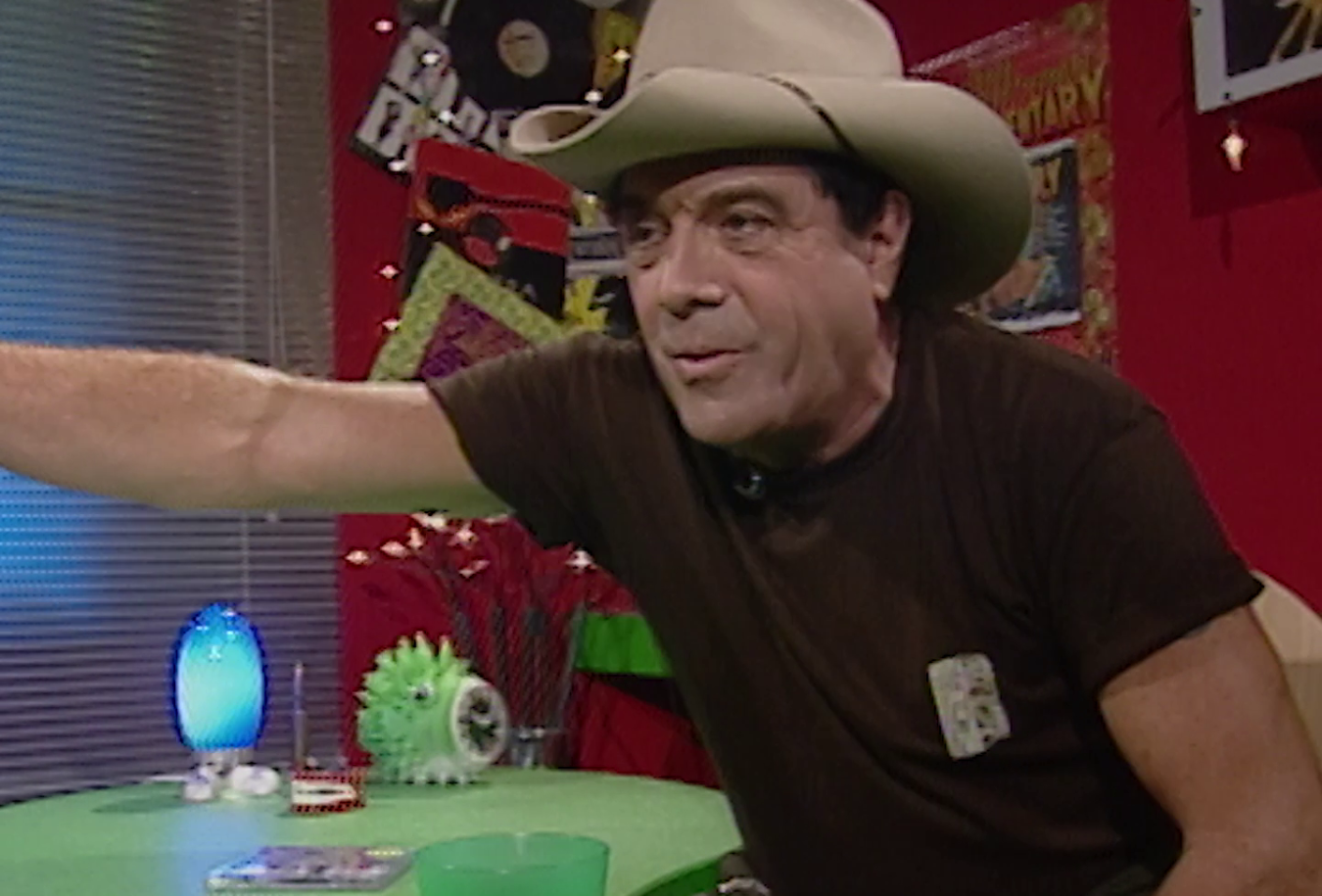
Australian Labor Government 1916 Conscription Referendum Campaign: Referendum Bullets
Billy Hughes’ words, appealing to the general public for a ‘yes’ vote in the 1916 referendum on conscription, are superimposed on First World War images. The typical silent film format of title card followed by image (which begins the film) has been replaced, for dramatic effect, by title card superimposed on image. Summary by Adrienne Parr.
This segment is representative of the ‘no holds barred’ approach of Billy Hughes’ appeal to the public for a ‘yes’ vote in the 1916 conscription referendum. His words refer to ‘scabs’ and ‘shirkers’ threatening the lives of the Anzacs. In the next breath (title card) he invokes the names of such First World War heroes as Nurse Edith Cavell, General Joseph Joffre and Captain Charles Fryatt, and mourns the sinking of the Lusitania and the mass deaths in Belgium. The words emulate the footage of Hughes himself as he speaks and passionately gestures to camera.
At the beginning of the film (prior to the clip) a title card reads, 'Since I cannot personally visit every centre, I take this method of appealing to the whole of Australia …’. Like many politicians of his time, Hughes began his career speaking on soap boxes and street corners. Mass media technology was still very new and Hughes would have been more at home arguing his case to the electorate in person. While the Hughes style sits rather uneasily in the motion picture format, the film nevertheless provides a valuable insight into political propaganda in the era at the dawn of mass media technology.
Australian Labor Government 1916 Conscription Referendum Campaign synopsis
This is a silent cinema short presented by the then Prime Minister, Billy Hughes, promoting the ‘Yes’ vote for the 1916 conscription referendum.
Australian Labor Government 1916 Conscription Referendum Campaign curator's notes
This film is one of a collection of historical campaign films held at the NFSA on behalf of the Australian Labor Party.
On 28 October 1916, Australians voted in a referendum on the question of conscription. Military training for Australian men over 18 years of age had been compulsory since 1911, but there was no compulsion to enlist for duty when the First World War broke out in 1914. Initially, many Australian troops volunteered readily for service abroad. However as the war continued with no end in sight, and the growing numbers of Australian casualties on the Western Front became public knowledge, there was a dramatic fall in volunteers. Extensive advertising campaigns failed to change the trend. The Prime Minister, William Morris Hughes, was a strong proponent of Australia’s participation in the war. In 1916 he travelled to Britain and France, and visited Australian troops on the front line. He became convinced that conscription was necessary.
While the bulk of his party – the then 25-year-old Labor Party – was opposed to conscription, Hughes pushed ahead with the idea. He argued the case for a referendum to be held, which he believed would reveal majority support by the nation. The referendum question sought an agreement to the proposal that men undergoing compulsory military training would then be required to serve overseas. The referendum was narrowly defeated, with 1,087,557 in favour and 1,160,033 against. Hughes’ campaign produced a bitter split within the community as well as within the Labor Party, and affected party allegiances in Australia for decades. Hughes and his supporters were expelled from the Labor Party. However they were able to regroup to form a ‘National Labor Party’ with sufficient numbers in the House of Representatives to retain government.
One of those who led the fight against conscription was the newly appointed Catholic Archbishop of Melbourne, Dr Daniel Mannix. In 1962 Gerald Lyons of the ABC did a lengthy interview with the then 97-year-old Mannix, in a program entitled Interview with Archbishop Mannix.
Notes by Adrienne Parr
The National Film and Sound Archive of Australia acknowledges Australia’s Aboriginal and Torres Strait Islander peoples as the Traditional Custodians of the land on which we work and live and gives respect to their Elders both past and present.


